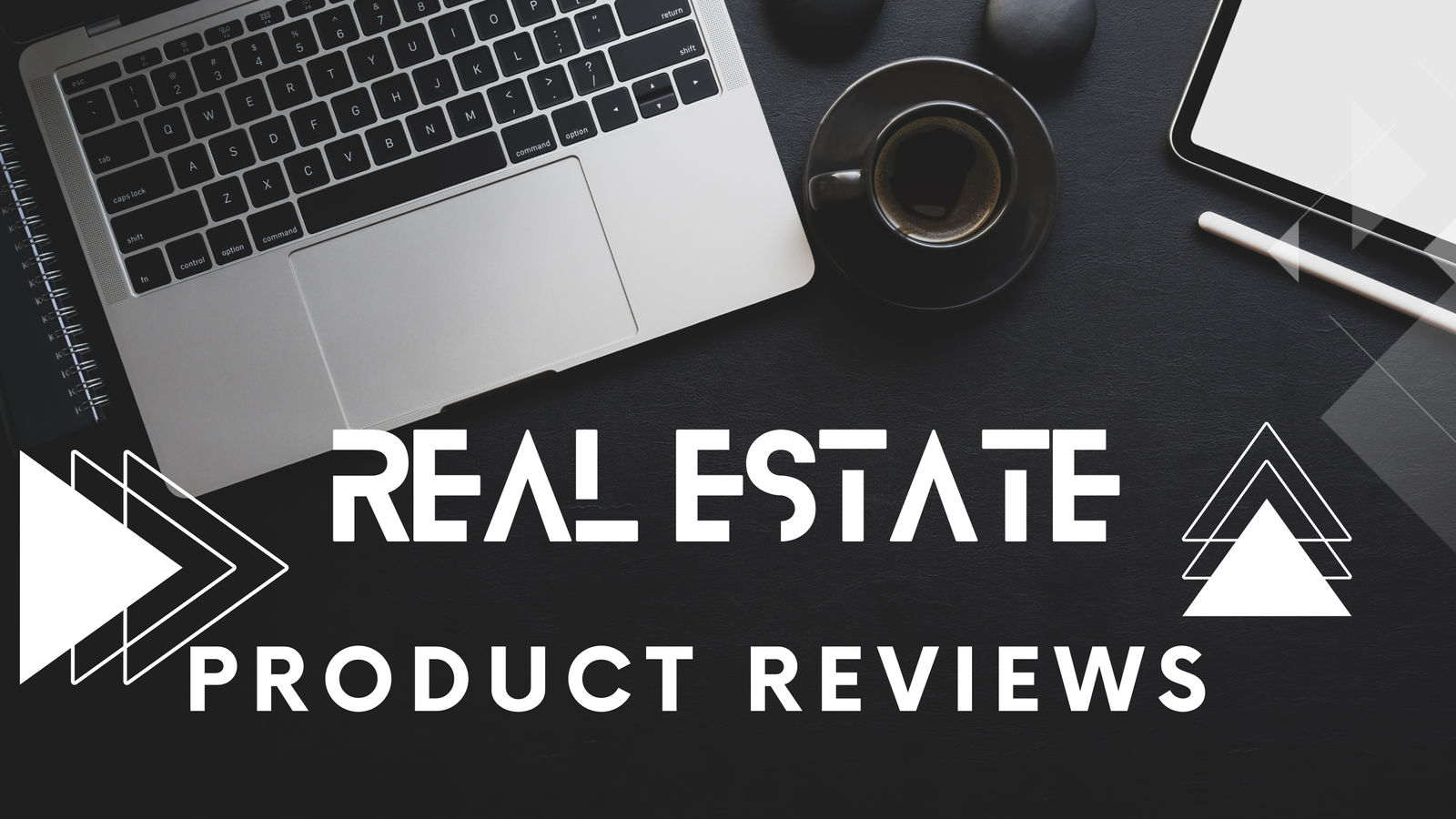To leverage data analytics tools for real estate market insights, start by exploring platforms like CoStar and CoreLogic, which offer extensive property databases and analysis capabilities. Utilize AI-enhanced market trend tools such as Reonomy and Redfin for property value assessments. Embrace geospatial analysis for strategic visualizations and predictive analytics to enrich decision-making. Integrate MLS data for real-time market information and use visualization tools for detailed, interactive reports. Non-traditional metrics, like consumer behavior and historical data, reveal deeper insights, guiding portfolio optimization and risk management. As you uncover these strategies, you’ll position yourself for informed and competitive decision-making.
Key Takeaways
- Use platforms like CoStar and CoreLogic for comprehensive property databases to gain detailed market insights.
- Employ predictive analytics tools to anticipate market trends and enhance decision-making strategies.
- Integrate geospatial analysis tools to visualize properties and optimize strategic planning.
- Leverage machine learning models to improve property value predictions and identify investment opportunities.
- Access historical sales data for forecasting market shifts and preparing for potential risks.
Understanding Real Estate Analytics

Understanding real estate analytics is important for anyone looking to navigate the complex property market successfully. By tapping into various data sources, you gain a thorough view of the real estate landscape. Property databases like CoStar and CoreLogic are invaluable, offering extensive records that include ownership details and transaction histories. These databases provide a foundation for understanding property dynamics. Advanced AI lead generation tools utilize algorithms to analyze consumer data, helping to identify potential leads for buyers and sellers, ultimately optimizing lead generation efforts. Market trends are another significant aspect, with tools like Reonomy and Redfin offering insights into property values and risk assessments. CoStar, as a leading platform in commercial real estate, provides access to a vast database of property records, ownership, and transactions, which is essential for investors seeking a competitive edge. These platforms help you identify shifts in the market, enabling informed decision-making. MLS integration tools such as Zilculator and PropertyRadar further enhance your analysis capabilities by providing detailed data for evaluating potential deals. Public records are also essential, providing in-depth property and owner information through platforms like PropertyRadar and Cloud CMA. This data helps you verify details and guarantee accuracy in your assessments. Additionally, geospatial analysis tools like Reonomy visualize properties and neighborhoods, offering a spatial perspective that’s crucial for strategic planning.
Key Benefits of Analytics Tools
Real estate analytics equip you with powerful tools that transform raw data into actionable insights, enhancing your ability to navigate the market effectively. By integrating with multiple MLS boards and property data sources, you gain an extensive view of the market, ensuring your decisions are based on the most current information available. Precision pricing becomes a reality with data-driven property valuation capabilities, allowing you to set competitive prices and conduct in-depth analyses. With access to over 200 property and owner criteria, you can explore demographics and trends, tailoring your strategies to meet market demands. Dynamic visualization tools, using intuitive, map-based interfaces, enable real-time analysis of property data, allowing you to spot opportunities and risks swiftly. The integration with CRM systems streamlines campaign management across various channels, enhancing your marketing efforts. Adoption of analytics tools is crucial for optimizing returns and minimizing risks, ensuring your strategies remain effective in varied market conditions. Predictive analytics, powered by advanced data science and machine learning, further enriches your decision-making process. Real estate data analytics plays a critical role in finding and assessing real estate acquisition opportunities, providing insights that enable smarter investment choices. Tools like HouseCanary and Markerr offer predictive models and market forecasts, enabling smarter investment choices. Additionally, void analysis identifies ideal tenant matches, optimizing property occupancy. These capabilities, combined with granular location data and real-time insights, empower you to make informed, strategic decisions in a competitive real estate market.
Exploring Market Analysis Features

Market analysis features in real estate software provide an invaluable toolkit for anyone looking to make informed decisions. By integrating thorough Multiple Listing Service (MLS) data, you can access real-time insights into market conditions and property valuations. An important factor in these analyses is selecting good comparables, which involves prioritizing recent sales within the last 6-12 months for accuracy and making necessary adjustments for differences in amenities and property condition. With connections to hundreds of MLS boards, these tools guarantee you have accurate property records, including ownership and transaction history. Geospatial analysis and mapping capabilities allow you to identify trends and opportunities, while AI-driven insights offer a competitive edge in spotting market shifts. An important consideration is the pricing models these tools offer, such as free trials and monthly subscriptions, which can impact the overall cost-benefit analysis for users. Analyzing market trends becomes seamless with platforms like CoStar and Redfin, which offer detailed insights into property values, seasonality trends, and occupancy rates. Tools like Mashvisor further enhance your understanding by calculating cash flow and revenue potential. Safety ratings and crime indexes are essential for evaluating neighborhood livability, and Reonomy’s AI-driven platform provides an in-depth view of property and market dynamics. By comparing cost of living across neighborhoods, you can make smarter decisions about where to invest. Comparative Market Analysis (CMA) tools streamline the process of generating reports. Tools like Cloud CMA and MoxiPresent create thorough, customizable presentations, guaranteeing you have the data needed to evaluate any property accurately.
Insights Beyond Traditional Metrics
In the domain of real estate analytics, leveraging insights beyond traditional metrics opens up a wealth of opportunities. By tapping into non-traditional data sources, you can gain a deeper understanding of the market landscape. Geospatial data is a powerful tool, using GIS to uncover patterns in population density, zoning regulations, and environmental conditions. This data helps pinpoint areas with high demand for certain property types and allows you to enhance listings with rich geographic details. Consumer behavior analysis is another key aspect, using big data to track trends, preferences, and demographic shifts. By understanding migration patterns and local business reviews, you can tailor your marketing strategies and anticipate changes in housing demand. Predictive analytics takes this a step further by employing machine learning to forecast trends and assess property potential. Historical data analysis reveals patterns that help you predict future market shifts, estimate property values, and identify investment opportunities. The growth of the real estate data analytics market is driven by demand for predictive analytics, enhancing decision-making and risk management capabilities. Data analytics in real estate facilitates a shift from intuition-based to data-driven decision-making, enabling stakeholders to make informed strategic choices. Lastly, advanced visualization tools present these insights through interactive dashboards and detailed reports, ensuring you have up-to-date market information. Data storytelling techniques effectively communicate findings, empowering you to make informed, data-driven decisions in real estate.
Local Market Trends and Data

When diving into local market trends and data, you’ll find a treasure trove of insights that can sharpen your real estate strategies. By analyzing various data sources, like market reports from the New York State Association of REALTORS and Rocket Homes’ monthly overviews, you can uncover essential information about the real estate landscape. These insights help you understand how factors like inventory, sales, and price trends affect local markets. For instance, home inventory in New York decreased by 6.9% from October 2023 to October 2024, indicating a potential shift towards a seller’s market. During this period, the median home price in New York increased by 11.0%, reflecting a significant rise in property values. Furthermore, leveraging data from over 20,000 locations can provide a comprehensive overview of market conditions, helping you tailor your strategies to specific areas.
Consider these key points:
- Market Reports: Access free data from credible sources, such as NAR’s Local Market Reports, to gather thorough insights on metropolitan housing markets.
- Inventory Analysis: Track changes in housing inventory to determine market direction, whether it’s a buyer’s or seller’s market.
- Sales Trends: Analyze fluctuations in home sales, like the 10% increase in new listings in April 2024, despite high mortgage rates.
- Local Insights: Use tools like Rocket Homes for detailed reports on over 20,000 locations, providing localized insights and actionable data.
This data empowers you to make informed decisions, enhancing your real estate ventures.
Investment Strategies and Tools
Maneuvering the world of real estate investment requires sharp strategies and the right tools. You can harness data-driven insights to make informed decisions and minimize risks. Start by using PropertyRadar and Cloud CMA for detailed property data and owner information. For accurate rental predictions, consider Markerr’s AI-driven rent forecasting. HouseCanary offers extensive property valuations, while Green Street provides proprietary market forecasts and property-level analytics. Placer.ai’s location analytics gives you deep insights into foot traffic and customer behavior, essential for evaluating property potential.
Managing investment risk is vital, and tools like CoreLogic and Green Street can help you assess cap rates and return expectations. Markerr provides real-time insights for portfolio optimization, while HouseCanary’s predictive analytics assist in risk mitigation.
For planning strategies, Mashvisor is invaluable for in-depth analytics. Placer.ai’s capabilities help you identify market voids and true trade areas, offering precise assessments. Use Markerr to spot attractive submarkets, and rely on HouseCanary for strategic decision-making.
| Tool | Purpose | Benefit |
|---|---|---|
| PropertyRadar | Detailed property data | Owner information |
| Markerr | AI rent forecasting | Accurate rental predictions |
| HouseCanary | Property valuations | Market insights |
| Placer.ai | Location analytics | Foot traffic insights |
These tools and strategies equip you for successful real estate investments.
Portfolio Optimization Techniques

Although real estate investments can be lucrative, optimizing your portfolio is essential to maximizing returns and minimizing risks. You need a clear understanding of costs, data analysis, strategic planning, and technology integration to achieve this. Let’s break down these components:
1. Analyzing Costs and Lease Management****: Scrutinize operational expenses and capital expenditures to spot cost-saving opportunities.
Negotiate favorable lease terms to minimize vacancy rates and keep tenants happy. Tools like REoptimizer can help you compare costs and rank spaces based on specific metrics.
2. Data Collection and Analysis: Gather extensive data on your assets, including location, size, and market value.
Evaluate performance based on financial and operational metrics. This information helps you identify underperforming properties and forecast market trends to align your portfolio with your business goals.
3. Strategic Planning and Decision Making****: Develop a strategy to consolidate, relocate, or dispose of assets that aren’t performing well.
Execute this plan by renegotiating leases, selling properties, or acquiring new ones. Continuously monitor the portfolio’s performance and adjust as necessary.
4. Tech Integration and Market Benchmarking: Leverage technology to boost efficiency and compare your space performance against the market.
Emerging technologies, like AI, provide real-time data analysis for better decision-making.
- Prepare for Loan Maturities and Refinancing Waves as a Real Estate AgentIn mastering loan maturities and refinancing waves, uncover strategies every real estate agent needs to empower clients during pivotal financial transitions.
Risk Management With Analytics
Risk management in real estate is vital, and data analytics offers powerful tools to navigate it effectively. By leveraging data analytics, you can identify and evaluate risks with precision.
Market trend analysis, for instance, allows you to detect rising crime rates or declining property values, enabling proactive measures. Monitoring demographic and economic indicators helps you foresee challenges like increased vacancies or falling rental rates, while analyzing local economic factors can highlight areas of high demand.
Data analytics also plays an important role in understanding property value fluctuations. Evaluating the impact of upcoming infrastructure developments on property values, as well as analyzing local market conditions, informs you of demand and supply dynamics.
Historical sales data aids in predicting market downtrends, helping you prepare for potential risks. In times when the site is undergoing maintenance, utilizing offline data can also provide useful insights into the market trends.
When evaluating property investment risks, analytics can mitigate uncertainties by examining neighborhood stability and screening tenants to guarantee timely rent payments. Understanding vacancy rates and rental yields further highlights potential investment risks. Anticipating site maintenance periods and using alternate data sources can ensure uninterrupted risk management strategies(https://www.example.com).
Additionally, predictive analytics forecasts market shifts, offering you insights to manage volatility effectively. However, during periods of necessary site maintenance, these tools may be temporarily unavailable, but this should not deter your strategic considerations.
Data Sources and Integration

To effectively manage risks in real estate, it’s important to harness the power of robust data sources and seamless integration. With tools like PropertyRadar and Cloud CMA, you can gain access to extensive property and owner criteria, making it easier to make informed decisions.
CoreLogic offers a vast database with over 5.5 billion records, covering almost the entire US population, which is invaluable for detailed market analysis. Green Street’s Data & Analytics solution provides insights across nearly 20 property sectors, ensuring you have the verified sales comps and rent comps needed to evaluate market conditions accurately.
Integration capabilities are key to leveraging these data sources effectively. Consider the following:
- PropertyRadar and Cloud CMA: They integrate with multiple MLS boards, ensuring you have a broad and current view of the market.
- Placer.ai: This platform combines foot traffic data with demographic and psychographic datasets to analyze commercial properties.
- Green Street: Their data integrates into corporate analyses, with options for Excel downloads and pre-built templates.
- Markerr: Supports integration with BI products and data warehouses, enhancing your ability to model real-time property insights.
Recent Posts

How to Use Facebook Live and Instagram Stories for Real Estate

Building Your Reputation With Real Estate Public Relations

Accelerate Your Real Estate Success With Aceableagent’S Mobile-Friendly Licensing Courses
Leveraging Machine Learning Insights
Machine learning revolutionizes how you can gain insights in the real estate industry by analyzing vast datasets to uncover patterns and trends that are often invisible to human analysts.
By immersing yourself in historical data and market indicators, machine learning models excel in predictive analytics, offering a crystal-clear view of future market trends. Imagine being able to forecast real estate dynamics with improved accuracy, just like companies such as Trulia, which have boosted their property value predictions by 15% through these advanced technologies.
When it comes to identifying investment opportunities, machine learning doesn’t just scratch the surface. It explores deep into datasets to reveal hidden trends in demand, property values, and rental prices.
This means you can pinpoint high-potential investments and capitalize on them before others even notice. Whether you’re looking for a bustling commercial property or a profitable office rental, machine learning uncovers the best locations and assets with high returns.
Moreover, risk assessment benefits immensely from machine learning’s capabilities. By predicting economic downturns and evaluating stable investments, you can confidently navigate market uncertainties.
Machine learning’s precise, unbiased property valuations guarantee you’re not blindsided by unforeseen risks, making your decisions more strategic and informed.
Frequently Asked Questions
How Do Non-Traditional Variables Affect Real Estate Market Analysis?
You’re likely aware that non-traditional variables, such as Yelp reviews and mobile signal patterns, greatly enhance real estate market analysis.
These variables refine property valuations by capturing subtle differences in seemingly identical properties. By incorporating data like energy consumption and proximity to popular amenities, you gain a more accurate, hyperlocal understanding of property value changes.
This approach not only improves rent forecasts but also empowers you to make more informed investment decisions.
Can Real Estate Analytics Tools Predict Future Market Fluctuations Accurately?
You can rely on real estate analytics tools to predict future market fluctuations with a fair degree of accuracy. These tools use extensive data sources, including transaction history and market trends.
However, remember that accuracy can vary due to market complexity and data quality. Advanced tools incorporate AI-driven insights, enhancing predictions, but economic variables and human interpretation also play significant roles.
Always consider these factors to make informed decisions in real estate.
What Are the Limitations of Using Foot Traffic Data in Real Estate Decisions?
You’ll find foot traffic data in real estate decisions can be limited by several factors.
Accuracy depends on precise location data, requiring robust sample sizes. Variability in collection methods and panel biases can skew results. Environmental conditions and economic factors also play roles, making raw foot traffic numbers less reliable.
Additionally, traditional tracking methods might lack insight into visitor behavior, emphasizing the need for complementary data to provide a fuller market picture.
How Does Data Integration From Multiple MLS Boards Improve Market Insights?
By integrating data from multiple MLS boards, you enhance your market insights considerably.
You’ll get an extensive view of market trends, increasing prediction accuracy with broader datasets.
It helps you understand local and regional dynamics better, allowing for detailed analysis of specific segments.
This integration supports informed decision-making with precise property valuations and strategic investment choices.
Ultimately, you’ll reduce risks and optimize property listings, leading to more successful real estate transactions.
Are There Privacy Concerns With Using Mobile Device Location Data for Analysis?
You might think using mobile device location data for analysis is straightforward, but it raises significant privacy concerns.
It can potentially reveal sensitive information about individuals, so it’s vital to guarantee data is anonymized and aggregated.
Companies must be transparent about data collection practices, adhere to regulations like GDPR and CCPA, and implement strong security measures.
It’s about balancing valuable insights with respecting user privacy and maintaining ethical standards.
Bottom Line
By embracing data analytics tools, you’re equipped to gain deeper insights into the real estate market, moving beyond traditional metrics to uncover trends and opportunities. These tools help you stay informed about local market dynamics, optimize your property portfolio, and manage risks effectively. By integrating diverse data sources and leveraging machine learning, you can make well-informed decisions that enhance your competitive edge, ensuring you remain a step ahead in the ever-evolving real estate landscape.






